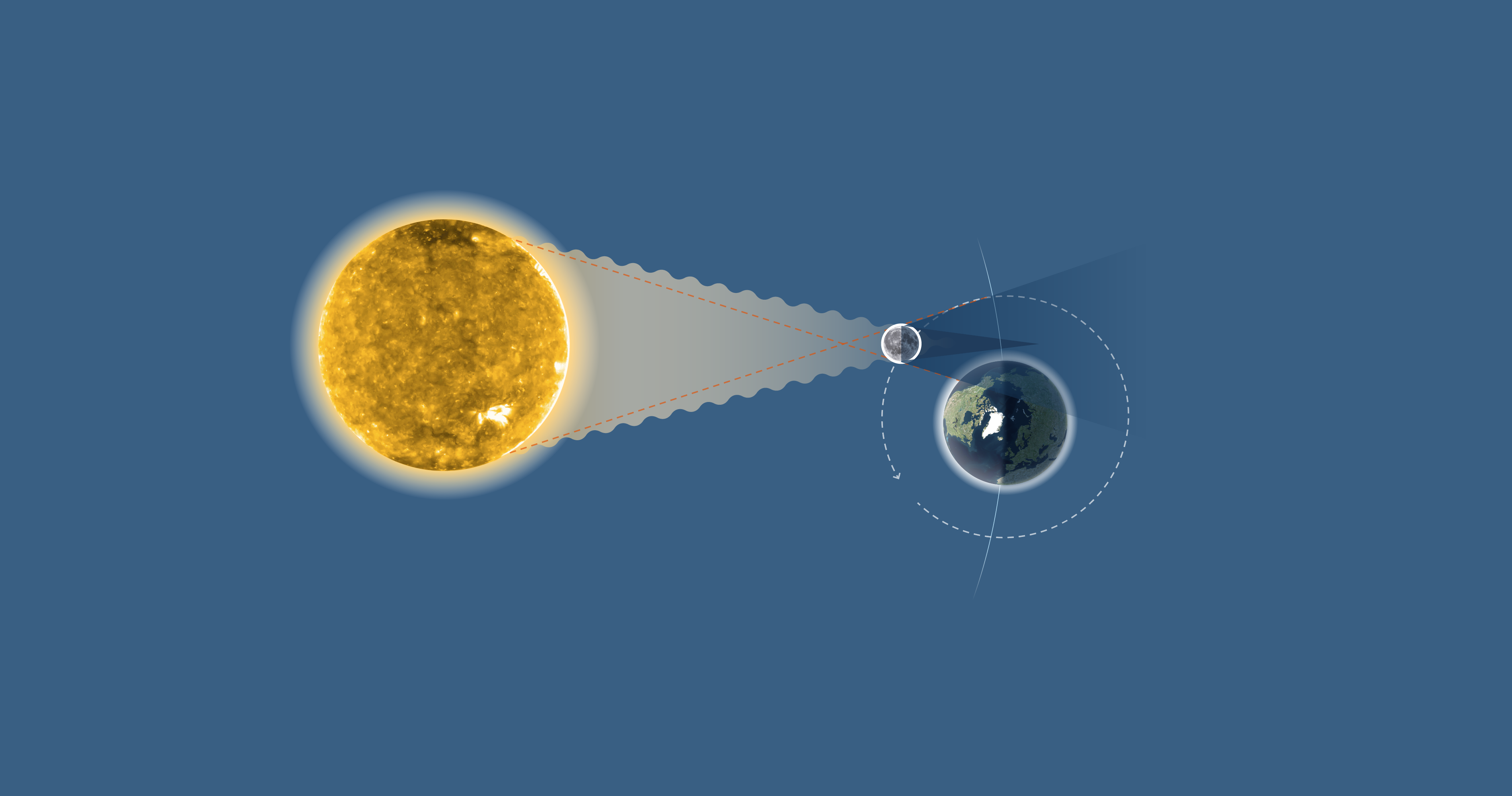
Celestial Showcase: A Double Eclipse Extravaganza in March
Prepare for an astronomical spectacle as North America gears up for two eclipses in the month of March. Nature’s celestial dance promises a captivating display of celestial wonders that will leave an unforgettable imprint on the night and morning skies.
Total Lunar Eclipse: A Blood Moon Bonanza
On the night of March 13-14, a total lunar eclipse will grace the heavens, visible across the entirety of North America. As the moon enters Earth’s shadow, it will undergo a breathtaking transformation, transitioning from its silvery radiance to vibrant shades of rusty red. This "blood moon" effect occurs due to the refraction and scattering of sunlight through Earth’s atmosphere.
The eclipse will begin its captivating journey at 12:55 a.m. EDT and reach totality around 1:45 a.m. EDT. For a celestial hour and five minutes, the moon will be completely submerged in Earth’s umbra, casting an ethereal glow across the night sky. The phenomenon is predicted to conclude at 6:00 a.m. EDT.
This celestial event is a rare treat, with the next total lunar eclipse not expected to be visible from the United States until March 2026. Seize the opportunity to witness this astronomical marvel, as it will undoubtedly create a lasting memory.
Partial Solar Eclipse: A Crescent of Sunlight
March 29th marks the occurrence of a partial solar eclipse, a celestial dance that will unfold on the eastern horizon. As the moon partially obscures the sun’s disk, it will cast a striking crescent of sunlight, providing a mesmerizing spectacle for observers.
The eclipse will begin its celestial performance at 4:50 a.m. EDT and reach its maximum point at 6:41 a.m. EDT. The celestial ballet will conclude at 8:43 a.m. EDT, leaving behind a sense of awe and wonder.
The partial solar eclipse will be visible in a vast region, spanning over 800 million people. Northeastern states, including Connecticut, Delaware, Maine, Maryland, Massachusetts, New Hampshire, New Jersey, New York, North Carolina, Pennsylvania, Rhode Island, Virginia, and West Virginia, will have the privilege of witnessing this celestial spectacle.
Celestial Safety: Protecting Your Vision
While eclipses offer a rare glimpse into the workings of our solar system, it’s crucial to prioritize eye safety during these celestial events. Never attempt to view the sun with the naked eye, as the intense ultraviolet (UV) rays can inflict severe damage to the retina.
Invest in high-quality eclipse glasses certified by the American Astronomical Society and NASA. Ensure that the glasses bear the ISO (International Organization for Standardization) icon and the ISO reference number 12312-2. These certified glasses serve as a protective barrier, filtering out harmful UV rays while allowing you to enjoy the spectacle safely.
Embrace the celestial extravaganza of March’s eclipses, allowing the wonders of the cosmos to ignite a sense of awe and appreciation for the beauty of our universe. Remember, safety comes first, so equip yourself with proper eyewear to safeguard your vision while reveling in these celestial wonders.
